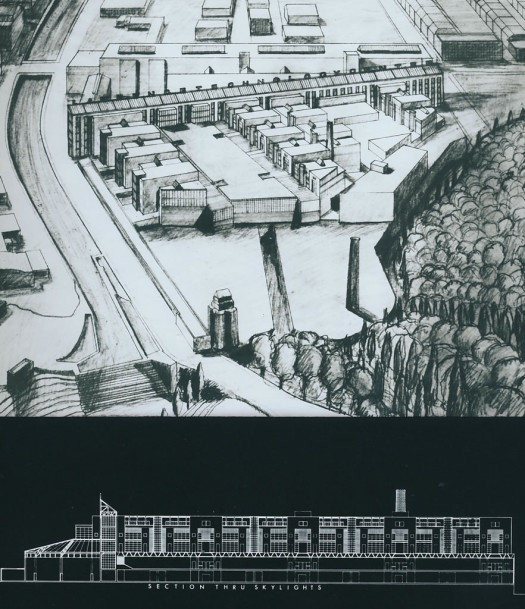Teaching Design
This section is currently Under Construction – I will be uploading partial posts in the months ahead.
My years in academia afforded me many opportunities to rethink how and what we teach when we teach to design buildings, landscapes and cities. These reflections were tested in curricula I designed for the undergraduate (BFA) and graduate (M Arch) programs at Parsons School of Design in New York City; in the syllabus of courses taught in those curricula; and in design studios at Parsons School of Design, Columbia University GSAPP and other universities in the US and abroad.
Beginning in 1978 at Columbia I looked for ways of fostering original and critical thinking in the building design process by taking simultaneous and parallel lines of analysis as a point of departure. The design method that will be described in this section ensured that the students’ early design hypotheses did not default to the tropes and authority of stylistic or typological precedents. The objective was to achieve building designs that were formal syntheses of proposals for the physical site and cultural/social context of the project; the hierarchies of space embodied in the program; the environmental conditions defined by climate and surrounding conditions; the structure and sustainability of materials and construction methods; and the esthetic meaning of the building.

Suzanne Strum, Lawrence Technology Center and Electronics Components Factory in Lawrence, MA, site of the famous 1912 “Bread and Roses” strike. M Arch second year project, Columbia University GSAPP